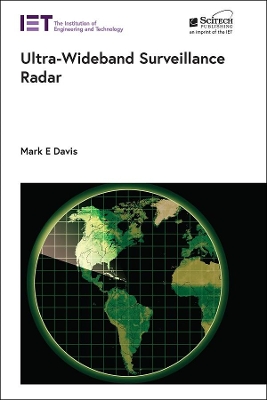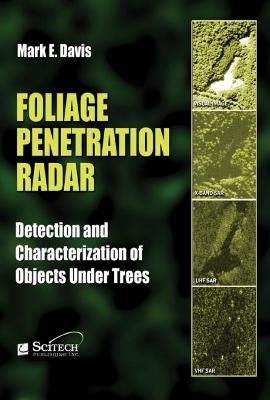Radar, Sonar and Navigation
2 total works
Ultra-Wideband Surveillance Radar is an emerging technology for detecting and characterizing targets and cultural features for military and geosciences applications. To characterize objects near and under severe clutter, it is necessary to have fine range and cross range resolution. The resultant wide bandwidth classifies the systems as ultra-wideband, requiring special treatment in system technology and frequency allocation.
This book explores several UWB surveillance radar prototypes, including Hostile Weapons Locator System (HOWLS), Multibeam Modular Surveillance Radar (MMSR), and geoscience synthetic aperture radar (GeoSAR). These prototype radars illustrated the early development of multi-mode capabilities leading to modern radar systems. Based on the results of these prototypes and recent radar technology publications a novel multi-mode, multi-channel radar is presented and analysed.
The book begins with a history of airborne surveillance radar, then goes on to provide systematic and detailed coverage of the following topics and technologies: surveillance radar detection; surveillance radar modes; UWB antennas; ultra-Wideband SAR processing; interferometric radar modes; UWB ground moving target detection; UWB spectrum compliance; and UWB multimode operation.
The first book to cover these new capabilities, this is an important reference for radar engineers, especially those working in geosciences and military applications. It is also relevant to academic and advanced engineering researchers developing new radar technologies and algorithms for image processing, as well as the advanced electromagnetics research community.
This book covers all aspects of foliage penetration (FOPEN) radar, concentrating on both airborne military radar systems as well as earth resource mapping radars. It is the first concise and thorough treatment of FOPEN, covering the results of a decade-long investment by DARPA in characterizing foliage and earth surface with ultrawideband UHF and VHF synthetic aperture radar (SAR). Comparisons of the technologies for radar design and signal processing are presented, as are specific design approaches for transmitter design for operation in a dense radio frequency spectrum. Adaptive processing to remove the effects of radio and television signals from the system are also covered. In 10 years, FOPEN systems will find use in crop monitoring, land mine remediation, and creating digital maps under trees. This book will be the foundation for continued research for years to come both for radar and systems engineers in defense and earth resources companies. Government researchers, program managers and planners who have an interest in the unique capabilities of this radar technology, as well as university staff and faculty teaching radar and signal processing will find this book a critical part of their learning for years to come.

